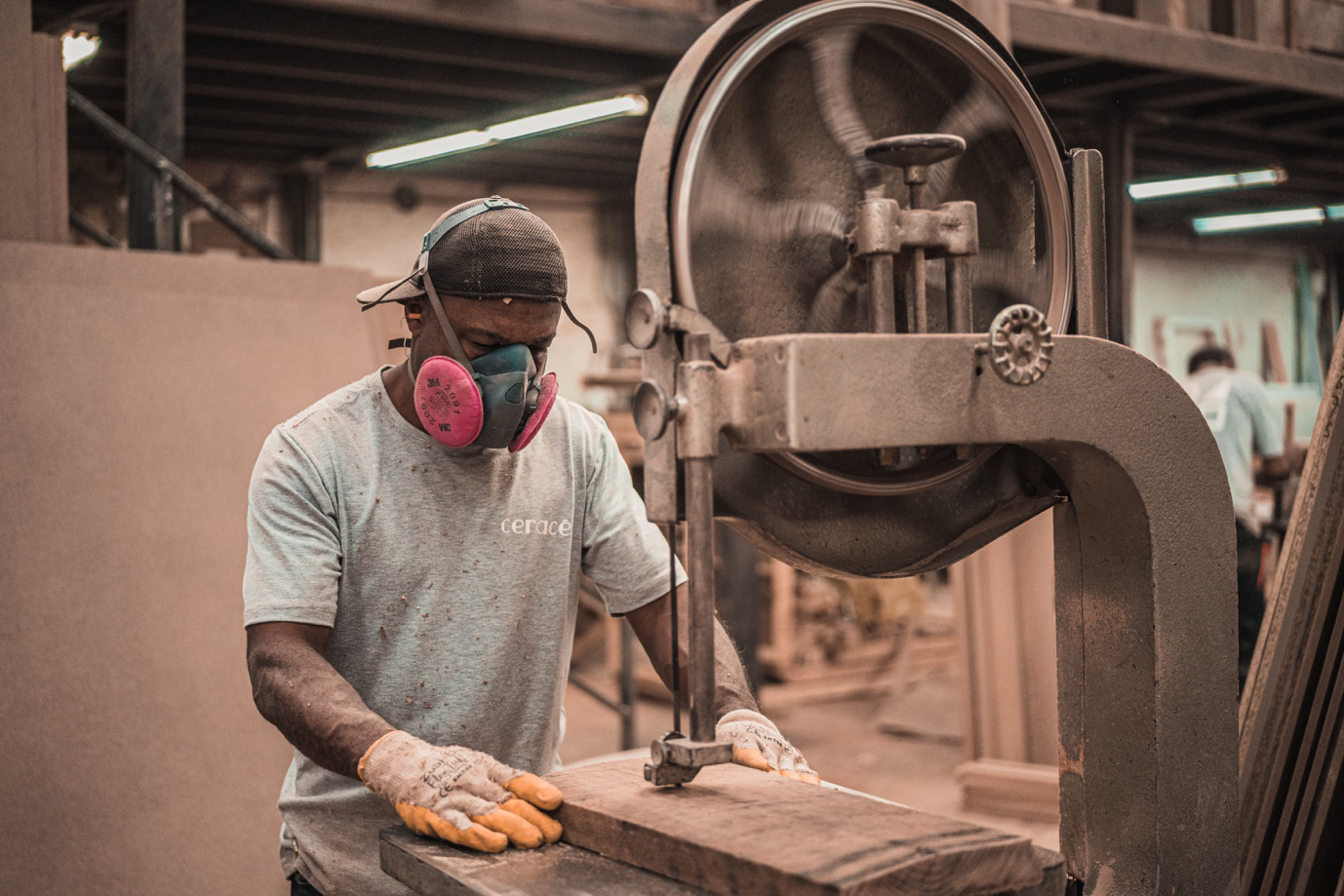Silica is one of the most common substances found in sand, rock, brick, or concrete. And most of the time, these tiny particles escape and become respirable crystalline silica. As tiny as they may be, they’re capable of doing some serious damage.
In Canada, nearly 380,000 workers are exposed to silica at work. This is an alarming number, especially when you tally it with the region’s associated cancer cases.
But many people don’t realize the danger they’re usually in. Here are some facts you should know if you or a loved one works in construction.
Silica Dust Poses the Second Biggest Risk to Construction Workers
Respirable crystalline silica (RCS) is present in construction materials that workers work with daily. During cutting or sanding these materials, crystalline silica becomes airborne, creating deadly RCS.
It Could Kill You
Prolonged exposure to RCS on a daily basis or too much RCS in one go can lead to acute silicosis, which is followed by rapid death. It slowly poisons your lungs. Silica exposure over the long-term is also linked to lung tissue fibrosis, lung cancer, and chronic obstructive pulmonary disease.
There Are Countless Jobs Where You’re Exposed to Silica
‘Construction workers’ is an umbrella term used to define different kinds of professionals working on a construction site. They’re all exposed to silica dust at different degrees. For instance, those tasked with loading or dumping rocks or concrete or engineers supervising the work are also exposed to the harmful substance.
The Smallest Things Are the Deadliest
Most of the time, you can’t see silica dust particles with your naked eye, but that doesn’t make it any less dangerous. In fact, these tiny particles can get together in the smallest armies to cause a considerable amount of damage. The exposure limit set in workplaces is just 0.1 mg over 8 hours.
You’re Your Own Savior
You can’t change the materials you’re working with, but you need to take measures to minimize the exposure. Use better tools and methods that help you do this and never go to work without wearing proper gear. An FFP3 disposable mask would do but in cases of greater exposure, use better protection.
If you’d like to learn more about silica exposure, sign up for our Asbestos/Lead/Silica Awareness course because while silica is the second biggest risk, asbestos is the first.
We also offer Emergency First Aid Training and CPR courses and a number of other workplace safety courses.
Get in touch with us today to sign up!







